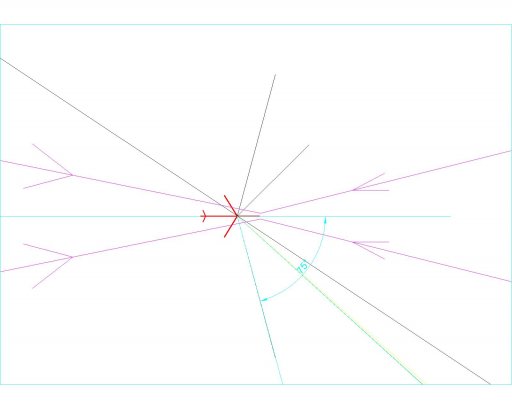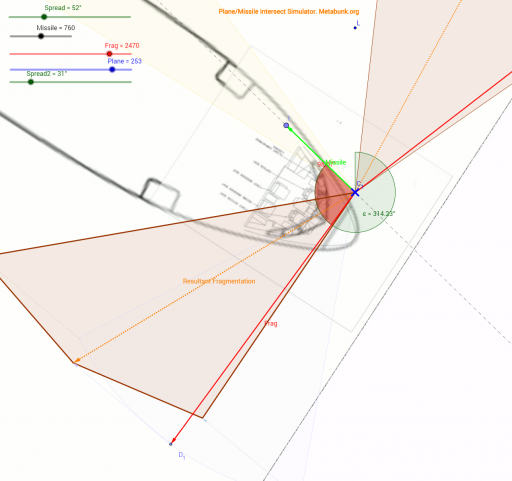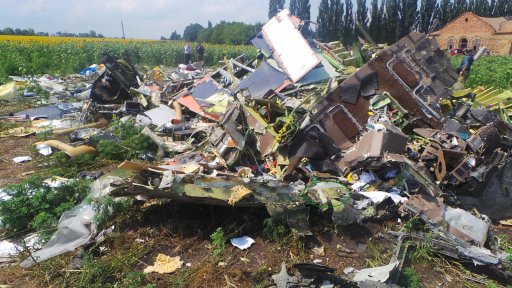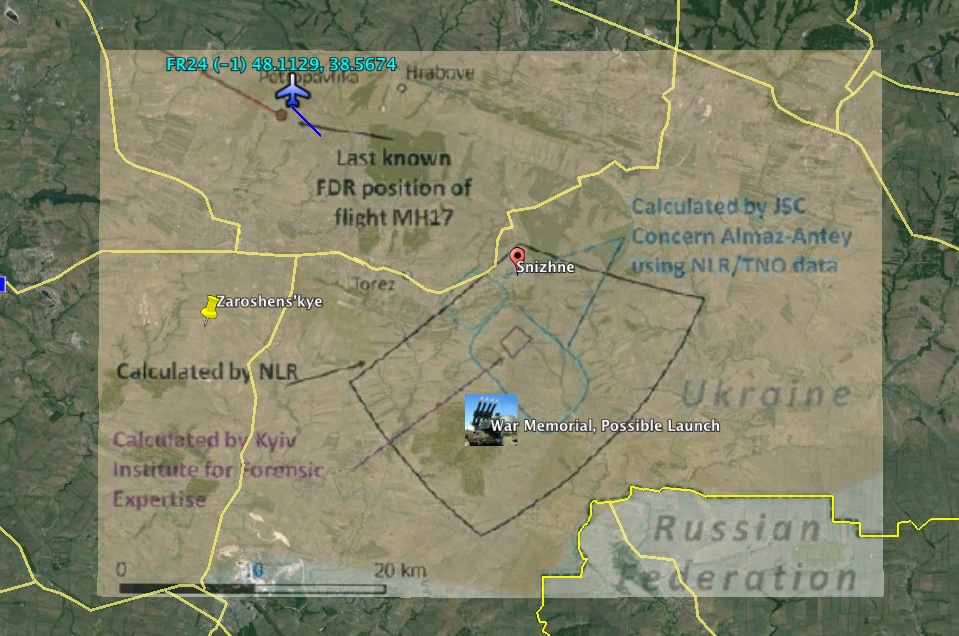ad_2015
Member
Detonator inside ПИМ предохранительно-исполнительный механизм safety-executive device and stay on top of warhead (edge close to nose part).No Ole, I did not say that.
I just outlined why it does not make any engineering sense to mount the primer at the top.
So the issue becomes : WHERE exactly is the detonator in that graph, and exactly HOW is this warhead mounted on the missile ?

On left side is nose part of missile - compartment #1 with seeker, radio-fuse, autopilot. Diameter of missile is 340 mm.
Warhead situated in compartment #2 with varied diameter from 340mm to 400mm (#7 on picture is missile skin).
Compartment #3 (rocket engine and power supply) have already diameter 400m.
Missile 9M38M1 have two-stage rocket engine, but one-stage missile. First and second stages of rocket engine (which in really all together so missile have only one stage) is specially designed hole inside propellant grain. Shape of hole during first stage have progressive surface of burn - with time surface which burn opening more and more fuel burn so missile receive a big impulse with time. Shape of hole during second stage have a regressive surface of burn - with time surface burn have same surface or even reduced and missile receive same impulse or lowering with time but spent much lesser fuel then progressive hole.A 9M38M1 with two stages ?
So missile at first stage quickly gain speed (even with high elevation angle). After that missile change fast gain speed on slow gain but with more time. Look on picture
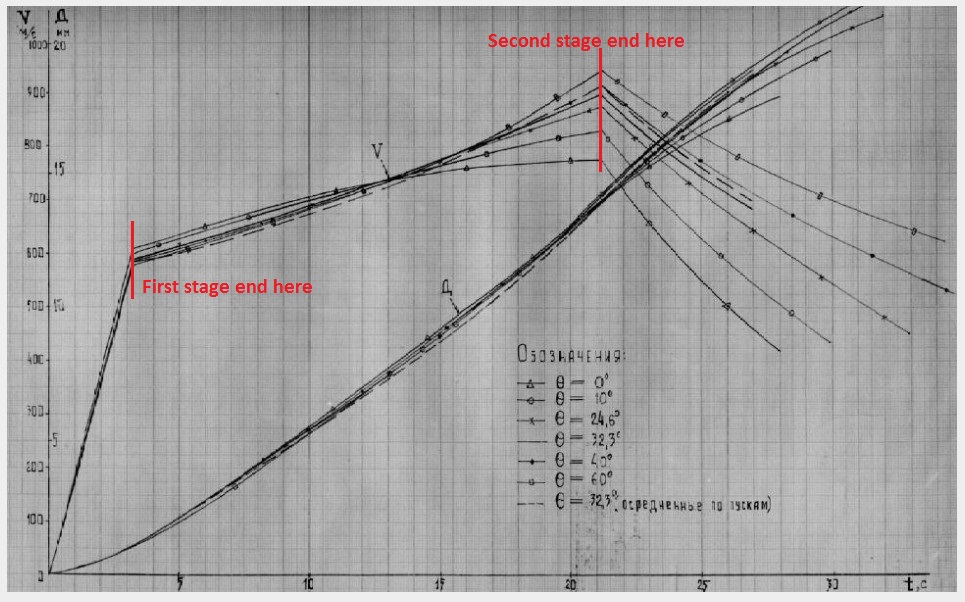
Last edited:



